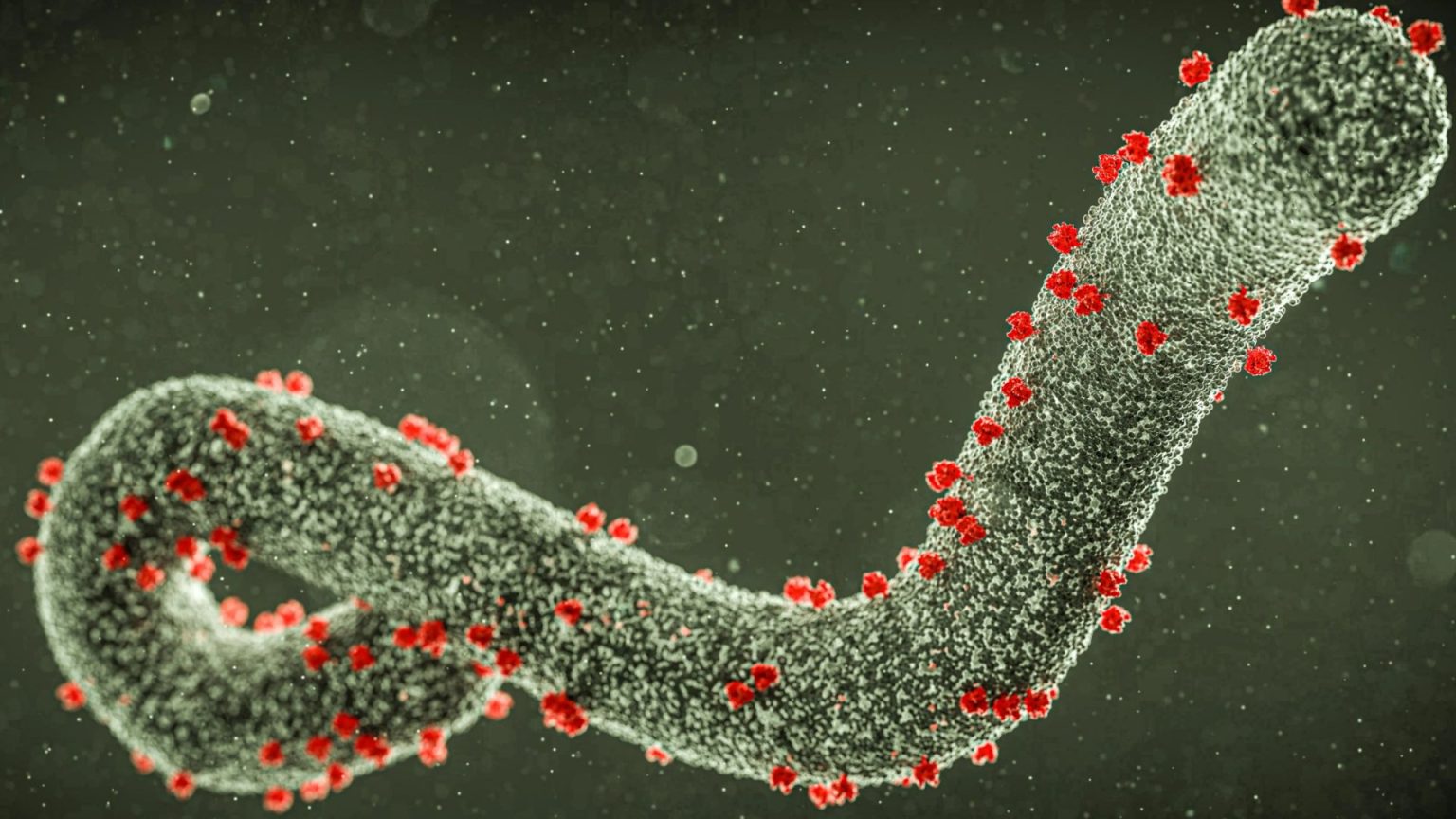The World Health Organization (WHO) has issued a warning regarding a suspected outbreak of Marburg virus disease in the Kagera region of Tanzania. This Ebola-like illness has caused alarm due to its high fatality rate and potential for wider spread. As of January 11, 2024, nine suspected cases have been reported, resulting in eight deaths, representing an 89% mortality rate. While Tanzania’s National Public Health Laboratory is working to confirm the diagnosis through laboratory testing, the severity of the symptoms and the rapid progression of the disease have heightened concerns. The WHO has emphasized the need for heightened surveillance, contact tracing, and rapid response measures to contain the outbreak. Given the geographical location of the affected region, a transit hub bordering several countries, the potential for cross-border transmission is a significant concern.
Marburg virus disease, a hemorrhagic fever similar to Ebola, poses a severe threat to public health. This highly contagious disease, often fatal, manifests through symptoms such as fever, vomiting blood, diarrhea, and uncontrolled bleeding from orifices. Currently, there are no specific treatments or cures for Marburg virus disease, although research is underway to develop vaccines and antiviral drugs. The natural reservoir of the virus is the fruit bat, and transmission to humans occurs through contact with infected animals. Subsequent human-to-human transmission occurs through direct contact with bodily fluids or contaminated surfaces. The high mortality rate associated with Marburg virus disease, coupled with the lack of effective treatment, underscores the urgency of containing the current outbreak and preventing further spread.
The initial reports of the suspected Marburg outbreak emerged in January 2024, following the identification of six individuals exhibiting symptoms consistent with the disease. Within days, the number of suspected cases rose to nine, with eight fatalities. The rapid progression and high fatality rate raised immediate concerns, prompting the WHO to mobilize resources and issue alerts to neighboring countries. The delayed detection and isolation of initial cases indicate potential gaps in surveillance and response capacity, highlighting the need for strengthened healthcare infrastructure and preparedness in the region. Furthermore, the geographical location of the outbreak, in a region with significant cross-border movement, poses a risk of international spread.
The WHO has classified Marburg virus as a “priority pathogen” due to its potential to cause widespread outbreaks and its high case fatality rate. The virus belongs to the filovirus family, which includes Ebola virus, and causes viral hemorrhagic fever. Outbreaks of Marburg virus disease are relatively rare but can be devastating. Past outbreaks have occurred primarily in Africa, often linked to contact with infected animals or exposure in laboratory settings. The current outbreak in Tanzania follows a previous Marburg outbreak in Rwanda in late 2023, which resulted in 15 deaths and 66 cases. The proximity of these outbreaks raises concerns about the ongoing circulation of the virus in the region and the potential for further emergence.
Given the potential for regional and international spread, the WHO has recommended that neighboring countries enhance their surveillance and preparedness measures. While travel and trade restrictions are not currently recommended for Tanzania, the WHO emphasizes the importance of vigilance and prompt action to identify and isolate potential cases. The focus remains on containing the outbreak within Tanzania and preventing cross-border transmission. The WHO continues to work closely with Tanzanian health authorities to coordinate response efforts, provide technical assistance, and strengthen surveillance at points of entry and borders.
The suspected Marburg virus outbreak in Tanzania serves as a reminder of the threat posed by emerging infectious diseases. The high case fatality rate, the potential for rapid spread, and the lack of specific treatments underscore the need for robust surveillance systems, rapid response capabilities, and international collaboration. Continued research and development of vaccines and therapeutics are crucial to combatting Marburg virus disease and other emerging viral threats. The WHO’s ongoing efforts to support affected countries, strengthen global health security, and promote research are essential in mitigating the impact of these deadly diseases.




